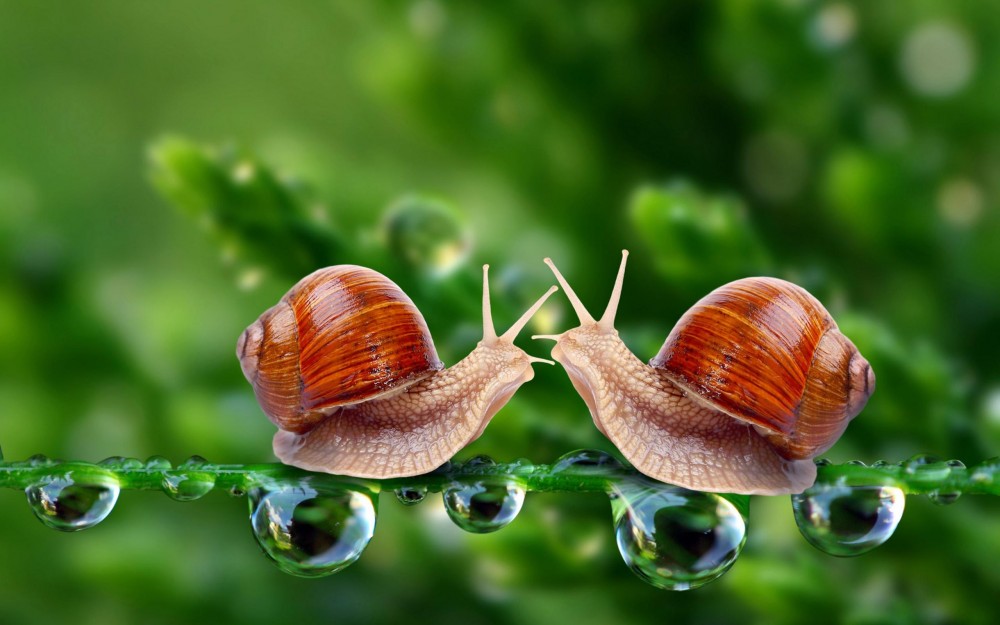Cricket Calls are Nature’s Thermometer
 To convert cricket calls to degrees Celsius , count the number of chirps in 25 seconds, divide by 3, then add 4 to get the temperature.
To convert cricket calls to degrees Celsius , count the number of chirps in 25 seconds, divide by 3, then add 4 to get the temperature.
For example, you will hear 48 calls in 25 seconds when temperature is 20ºC because: 48/3 + 4 = 20° C
Crickets chirp by rubbing their wings or legs over each other. Only the males of the species make this noise and they do so to attract mates.
The notion that counting the chirps of crickets can serve as an informal way of getting the temperature is not new. In 1897, physicist Amos Dolbear proposed the reverse of that idea, stating that outdoor temperature determines the number of cricket calls heard. Over the years, his way of looking at this relationship was turned around, people now count the chirps to get the temperature rather than consult the thermometer to figure out how many cricket calls they will hear.
This technique it’s accurate only down to 13 degrees Celsius, because at lower temperatures crickets either aren’t about or aren’t in the mood for love.
Starfish have no brains
A starfish doesn’t have a head. It doesn’t have a brain either. But a starfish doesn’t need a centralized brain to sense what is going on around it.
Starfish have a nervous system that it’s absolutely different from vertebrates. Starfish have a brain which is split up and distributed in a web of nerves underneath their skin that coordinates all the starfish movements. This nerves web is called the ‘nerve plexus’
Most species are predators eating microalgae, sponges, bivalves, snails and other small animals. They have one mouth, that it’s also their anus. But… how do a starfish know where the food is?
Special cells on the starfish’s skin gather information about its surroundings. They are sensitive to touch, light, temperature, orientation and how is the water that surrounds them. These signals trigger the animal to take some kind of action, such as to turn or to crawl.
The starfish does not have the capacity to plan its actions. If one arm detects an attractive odour, it becomes dominant and temporarily over-rides the other arms to initiate movement towards the prey.
Very Odd-Colored Blood
 Lizards have green blood, but for everyone else, the thought of green blood seems, well, alien. Many amphibians fit in the green blood category. What causes the greenish appearance of the blood? Scientists suggest it has to do with the presence of bile in the fluid. This substance acts like a poison that deters predators. It could be a defense mechanism.
Lizards have green blood, but for everyone else, the thought of green blood seems, well, alien. Many amphibians fit in the green blood category. What causes the greenish appearance of the blood? Scientists suggest it has to do with the presence of bile in the fluid. This substance acts like a poison that deters predators. It could be a defense mechanism.
Lobsters, snails, squids and spiders have blue blood. The reason that these animals have a bluish color to their blood has much to do with the components of it. Whereas, humans and other mammals’ blood cell contain large concentrations of iron, a lobster’s blood cells contain primarily copper. It is the copper that lends the blood its bluish color when combined with a substance called hemocyanin.
Beetles have yellow-colored blood. The reason for this distinctive color is that most insects process oxygen in a completely different way than humans and larger animals. Instead of using hemoglobin as a binding agent to merge iron and oxygen, insects like the beetle use something called hemolymph. Now, the material isn’t strictly blood in the same sense as it is for people, but it does serve the same basic purpose and it provides the chemicals necessary for survival.
The blood is often not even pumped through the body the same way either. Really, the blood in insects can be found everywhere. It flows freely in every part of the body.
Crocodiles swallow stones
Crocodiles don’t swallow stones out of appreciation for the taste. They do it because the stones help with basic digestion. Rocks in a crocodile’s stomach help crush food. Rock swallowing is especially beneficial for crocodiles who eat whole preys, particularly animals with shells and tough bones. Apart from making the digestion process go a little bit smoother, stone swallowing also can a crocodile feel heavier and fuller, according to some scientists. That can be useful for a crocodile who’s not getting enough to eat. (This gives me an idea for my next diet)
Stone swallowing also might enhance a crocodile’s swimming skills. Stones inside of a crocodile’s belly help him stay underwater.
 A blue whale’s arteries can be large enough to swim through
A blue whale’s arteries can be large enough to swim through
You probably know that the blue whale is the biggest marine mammal in existence. But would you ever have thought you could crawl through its heart? Well at the very least you can crawl through its major arteries. Blue whales are so large that an adult blue whale’s heart can be almost 900 kilograms.
It only beats once every ten seconds and the beat is so loud that it can be heard 3 kilometres away. You could crawl right through its arteries because of how big they are. The heart is actually so big, it’s the size of a mini cooper.
Some other facts about just how big blue whales are: Their lungs are pretty big too. Each lung is the size of an average closet. Also, its tongue is heavier than an elephant! As far as overall size goes, you’ve probably heard they can be as large as two city buses. Let’s just be thankful they don’t eat people.






